Magical Merlins
Magical Merlins by Bruce Haak is a natural history book about one of North America’s least known birds of prey. Read more
The merlin is a small, migratory falcon whose numbers were decimated during the DDT era and whose remarkable population recovery has occurred primarily in urban areas. The text is science written for the lay public and addresses: breeding, migration, wintering behavior and winter range, subspecies and intergrading, foraging and roosting behavior, urban adaptations and range expansion. The plumage plates are especially helpful for merlin identification. It includes 35 illustrations (paintings, maps, and plates) along with 66 color photos.
As Editor and Chief Contributor, Bruce Haak has harnessed the intellectual, scientific, artistic, and literary power of four co-authors: N. John Schmitt, Joseph Buchanan, Kim McCormick, and Ben Vang-Johnson. Theirs is an impressive collaboration, coming from dedicated, detailed, thorough, consistent, and innovative field investigations. They know their subjects well through long hours of direct, firsthand experience. As with a scientific paper, Haak acknowledges and directs his readers to other significant works, but doesn’t rehash existing data. He presents new, unreported information that melds hard science and pure fun into an information-packed, but digestible book.
The text is supported by a rich selection of maps, paintings, and color photographs from six artists and twelve photographers. The artwork comes from of some of the brightest lights in this genre: Andrew Ellis. Hans Peeters, Carl Bass, Mark Upton, John Baker, and Andrew Haslen. The photos, drawings, and paintings vividly celebrate the visual appeal of these splendid little birds.
Merlins have gone from being a species of concern and an occupant of the National Audubon Society’s “blue list” to a common breeding bird across a variety of habitats, notably, urban habitats. The tapestry Haak weaves suggests merlins are in their own golden age. Greater numbers of merlins are now exploiting a wider variety of habitats, especially urban habitats. And they do it by adopting a “whatever it takes” approach to hunting and survival.
This story takes us from the high desert of Idaho to the shores and estuaries of the Pacific Northwest to the tall firs and city lights of Seattle in search of answers to the many questions surrounding this species. Along the way we gain new information about merlin migration and population dynamics, habitat preferences and range boundaries, along with the merlin’s ability to adapt and thrive in a large urban environment.
Like all good scientific investigators, Haak’s team uncovers more new questions for every answer they suggest. He invites us to join them in scratching their heads and pondering future research needs. Why do North American merlins exploit urban environments, while European birds seem to actively shun them? Why did merlins in the Green River country of southwestern Wyoming disappear when DDT was no longer a problem, and merlins seemingly everywhere else were thriving? How will lead and mercury contamination affect merlins in the future? How are they picking up these contaminants? How will changing land use patterns and practices affect them? Will more and more merlins winter in northern cities and/or remain on breeding grounds year-round instead of migrating to warmer, more favorable climes?
Our journey ends with an exploration of merlin research taking place in the rest of North America and Bruce’s final thoughts about merlin ecology and the problems and possibilities that lie ahead for this special species.


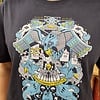 Apparel
Apparel
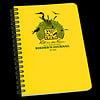 Birding Accessories
Birding Accessories
 Bird Baths
Bird Baths
 Books
Books
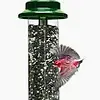 Feeders & Accessories
Feeders & Accessories
 Food
Food
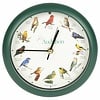 Housewares
Housewares
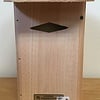 Nest Boxes
Nest Boxes
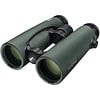 Optics
Optics
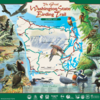 Paper Products
Paper Products
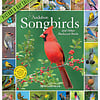 Seasonal Products
Seasonal Products
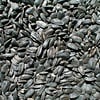 Seed & Bird Food
Seed & Bird Food
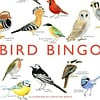 Toys, Games, Puzzles
Toys, Games, Puzzles
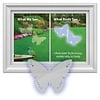 Window Strike Protection
Window Strike Protection
